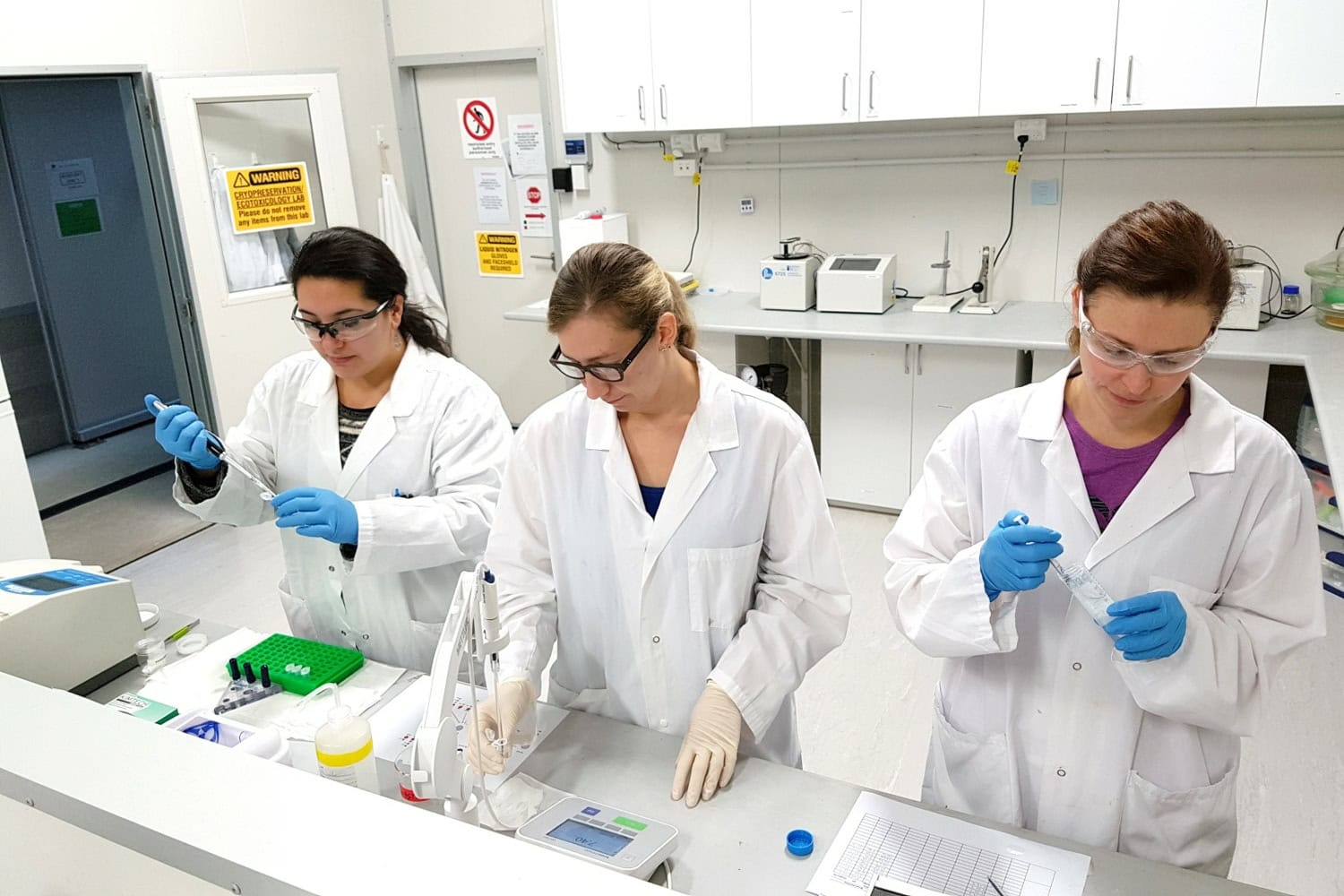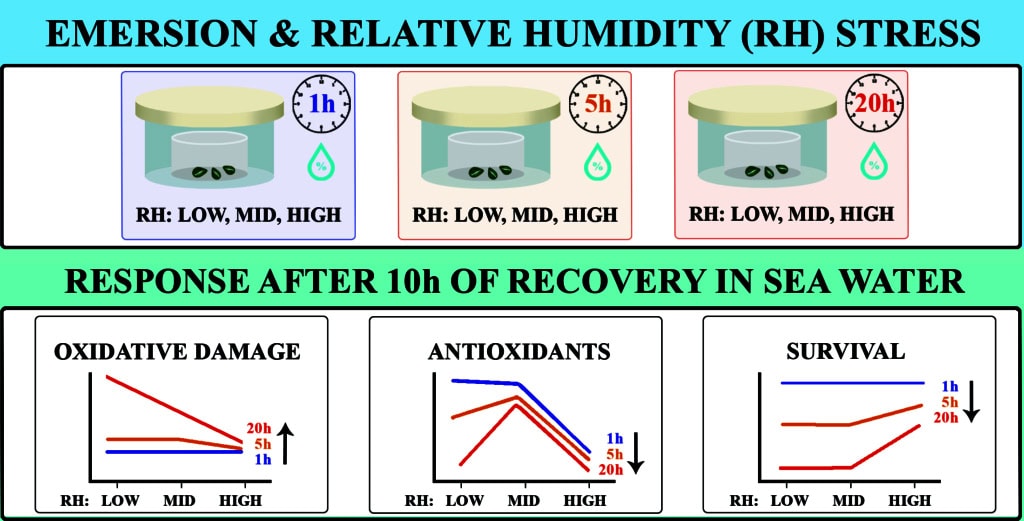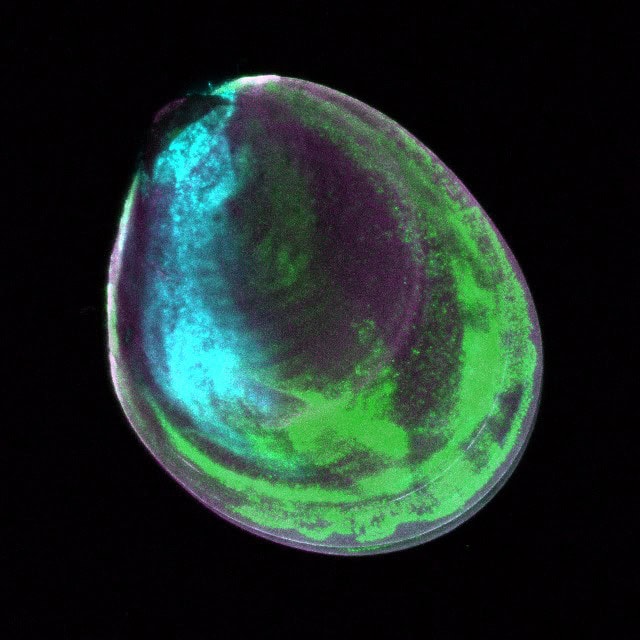What do we mean by shellfish stress? All living creatures experience stresses in different ways as part of normal living. From the perspective of a shellfish, environmental stress may come from being too hot, too cold, too hungry for too long, or many other experiences…. so how do they cope with these stresses and how can we measure the amount of stress they are under or how well they are able to cope?
One of the key indicators we can measure that demonstrates stress in an animal like a shellfish is called oxidative stress. When an animal breathes, the oxygen obtained from the air is used to produce energy, but as a natural part of this process, some by-products are produced called reactive oxygen species (ROS). ROS are highly reactive molecules that can cause harm to cells by damaging the cell’s proteins, membranes and even its DNA. However, all creatures have a natural way to deal with ROS called antioxidants, which help to maintain the balance between these ‘pro-oxidants’ (ROS) and antioxidants. When animals are exposed to stressful conditions however, things can quickly become unbalanced and ROS can accumulate in the cells, resulting in oxidative stress which may lead to oxidative damage.

Within the Shellfish Aquaculture Research Platform, the team working on shellfish oxidative stress investigates the effects of different conditions (environmental or human induced) on a range of shellfish species and life-stages, by quantifying the levels of oxidative damage and antioxidants in the shellfish tissues and blood (haemolymph).

The team has focused part of its research during the last five years to understand how green-lipped mussel juveniles (called spat) are affected by the stressful conditions they can encounter in the wild such as food deprivation and increased temperatures. We also have a keen interest in understanding how current aquaculture practices such as transporting spat around the country, can affect the performance of the spat on the farm. This research has been carried out in collaboration with scientists from the University of Otago and the Malaghan Institute of Medical Research, and with industry partners SPATnz, Sanford Ltd and Te Huata International.
Our work to date has yielded significant insight into the effect of different stressors on mussel physiology. For example, a study led by Dr Natali Delorme revealed that food limitation in mussel spat results in severe oxidative damage and a reduction in the spat’s ability to be able to cope with additional stress such as high water temperatures (Delorme at al. 2020).
Additionally, we have discovered that the conditions under which spat are transported from the hatchery to the farm are key to their later survival, with factors such as low relative humidity greatly increasing ROS damage and reducing antioxidant activity and resilience to stress in the receiving environment.

Another study demonstrated the precise localisation of ROS in different tissus within a single whole spat measuring just 1 mm in length, using a novel staining method and state-of-the-art imaging technology (Delorme et al. 2021).

We are currently building on the fundamental understandings developed in this work programme to investigate the potential of pre-conditioning spat to improve their stress-tolerance and we look forward to sharing those results here in the future.

Contact Dr Natali Delorme
Research Scientist – Shellfish stress